Today’s article is all about the pros and cons of Splice if you’re a music producer or artist.
I’ve been using Splice since I started producing electronic music in 2022, and here I’m going to share my honest thoughts about the platform, weigh up some of the positives and negatives, and also talk about my own experience using Splice samples.
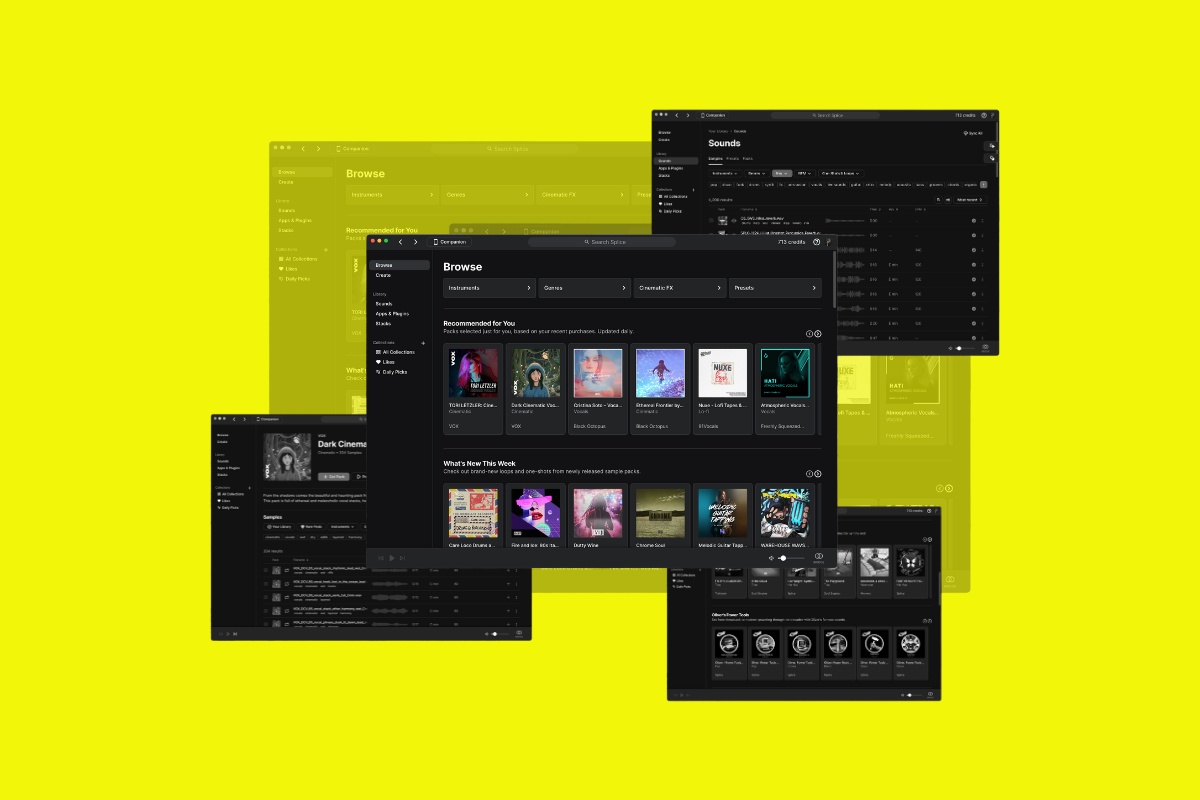
What is Splice and how does it work?
Splice is essentially a library of royalty-free sounds and samples. The Splice sample library contains millions of samples of different types, ranging from vocals and pads to drums and melodic elements.
There is just so much to choose from – and if you have a particular type of sound in mind, the chances are you’ll be able to find it on Splice.
Splice operates with a subscription model. For a small monthly fee, you get a set number of credits, which can then be spent on downloading and licencing sounds which can then be used in your productions. If you don’t use all of your credits in one month, they carry forward to the next.
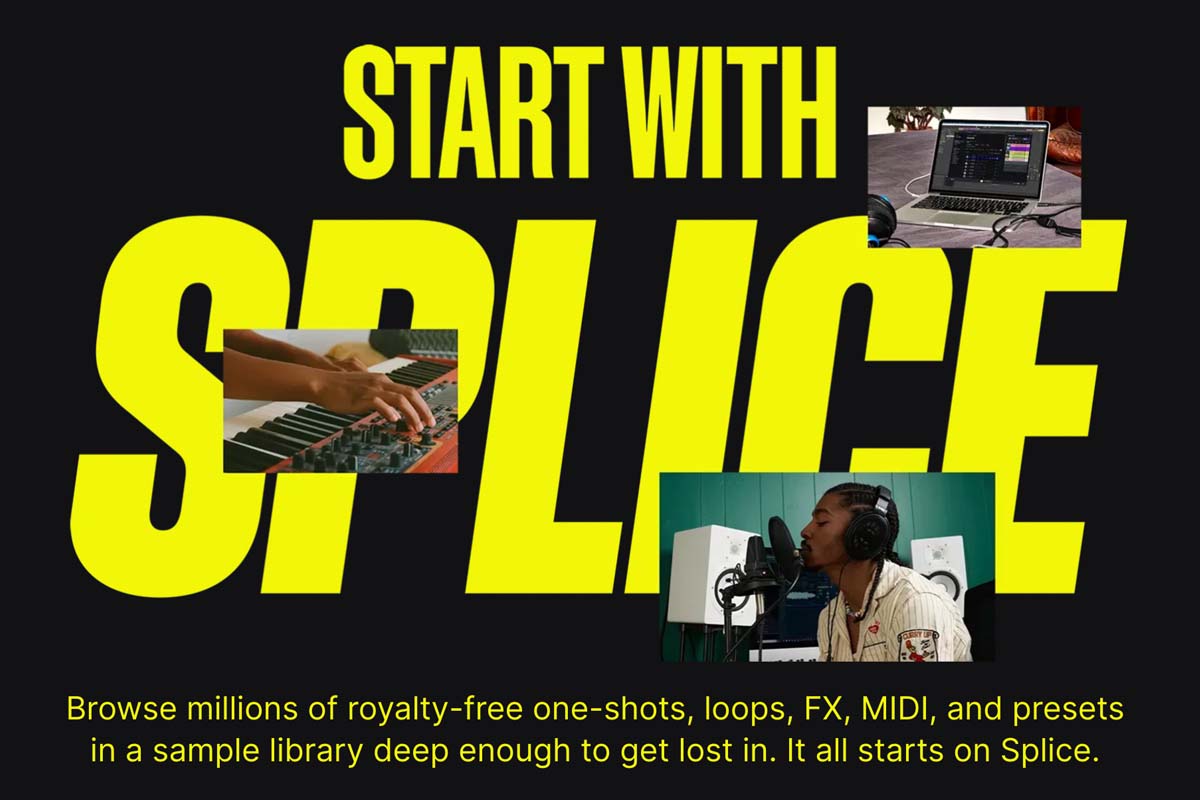
Splice has various subscription tiers, and you can select the right one for you based on how often you’ll need to use sounds in your music projects.
Personally, I have the lowest tier called Sounds+, which at present costs $12.99 a month. This gives me 100 credits to use each month and I’ve found that to be a good amount for my present output. I definitely don’t always use the 100 credits per month, so I’ve got a few hundred stacked up in my account now which are ready for use.
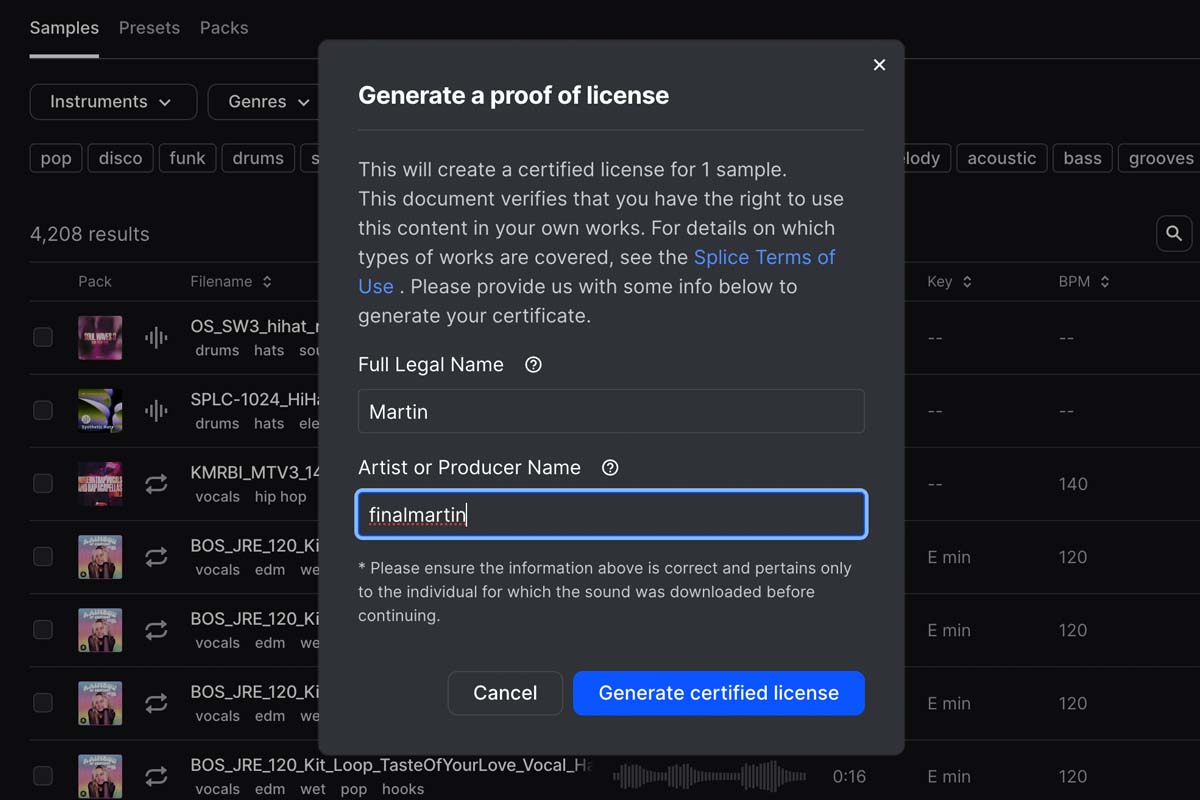
Spice Pros
- Huge selection of sounds and samples to choose from – The Splice library is huge, featuring millions of royalty-free samples to choose from to add to your productions. The sheer size of the library means that you’ll usually always be able to find the sound you’re looking for.
- Affordable credit system – With Splice, you pay a small monthly fee for access to “credits”. You can then spend these credits on licencing and downloading new sounds. If you don’t use your credits in one month, they carry forwards to the next one.
- The app is easy to use – The Splice app makes it really easy to drag and drop your samples straight into your DAW. The app keeps all of the sounds you’ve downloaded in one place for easy access.
- Generate certified licences for every sound you download – Within the Splice app, you can easily download a copy of a certified licence for any sound you’ve downloaded, to keep as a PDF document as proof that you have obtained the sample legally. This is really cool, as it’s not always easy to keep track of your sample licences.
- Splice is just really popular – It’s really widely used and is trusted by lots of producers and artists around the world.
- The library is always growing – Splice regularly add new sounds and samples to their library, so you’ll always have access to new sounds.
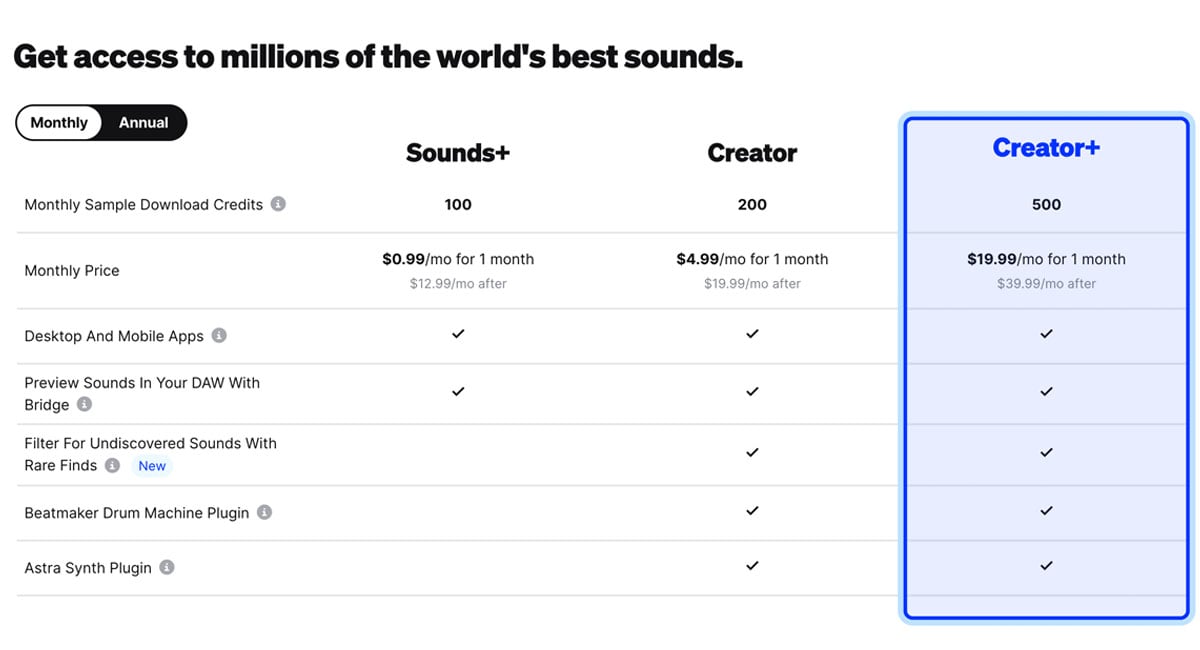
Splice Cons
- Subscription dependant – You’ll only be able to download new sounds if you have an active subscription. If you cancel your subscription, you’ll lose access to your credits and won’t be able to download any new sounds (although you are still able to use the sounds you previously downloaded when your subscription was active).
- Lots of other producers or artists may use the same sounds – Because Splice is so popular, you do run the risk of lots of other producers or artists using the same sounds as you. For this reason, it’s a great idea to process the samples (especially ones with melodic elements) that you download from Splice, to give them your own unique twist.
- Credit system may not suit everyone – While I am a big fan of the way Splice’s credit system works, it may not suit everyone, especially if you’re likely to download a lot of samples each month. It’s possible that you may run out of credits, and that means you’ll have to wait until the next month to licence more samples.
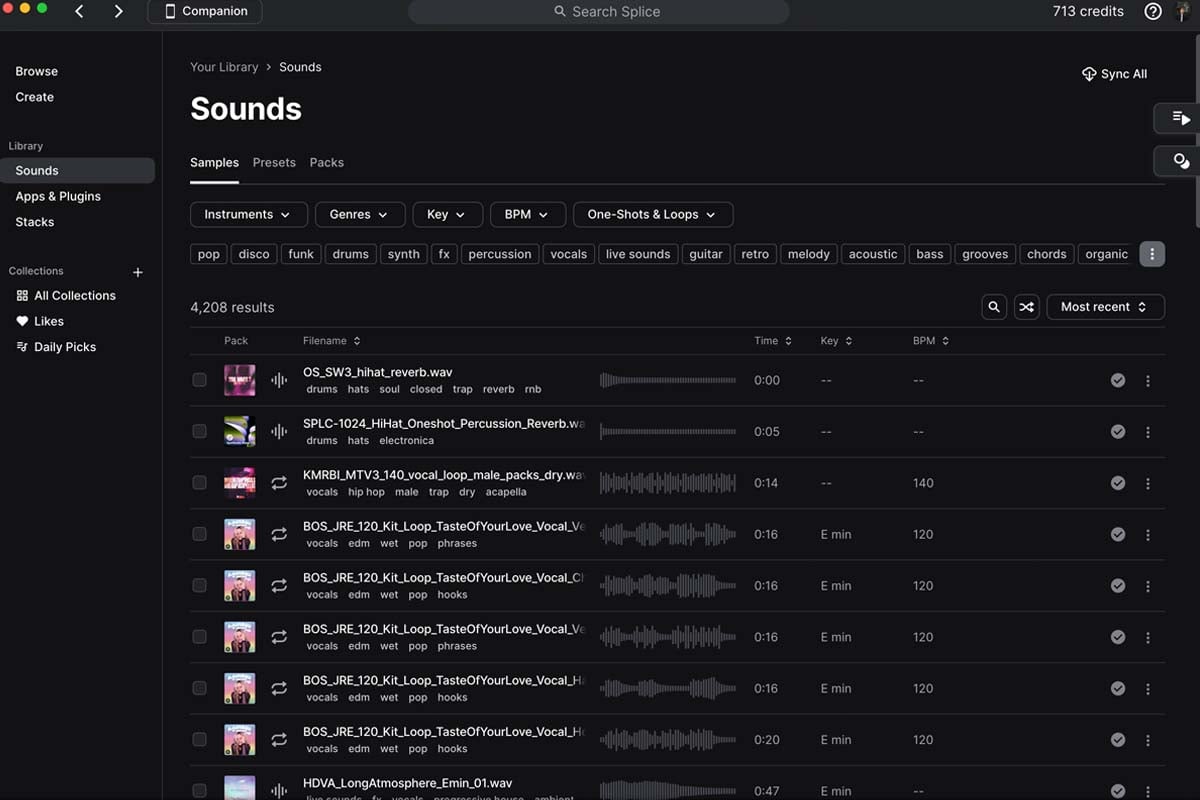
Anything else to consider?
As I mentioned above, it’s a good idea to alter and edit samples you use from Splice to make them sound unique to your production.
I feel that this is especially important for samples and loops which contain melodic elements, as you may find that many other producers have used the same samples as you and therefore your project may not sound as unique as you want it to. This is less likely to be an issue for one-shot sounds such as percussion elements.
Final thoughts and conclusion
I’m a huge fan of Splice and it’s one of my go-to tools for music production. I’ve been using it since I started producing electronic music back in 2022 and continue to use it to this day.
I don’t think I’ve ever released a song which doesn’t include at least one sample from Splice – and that says it all really.
